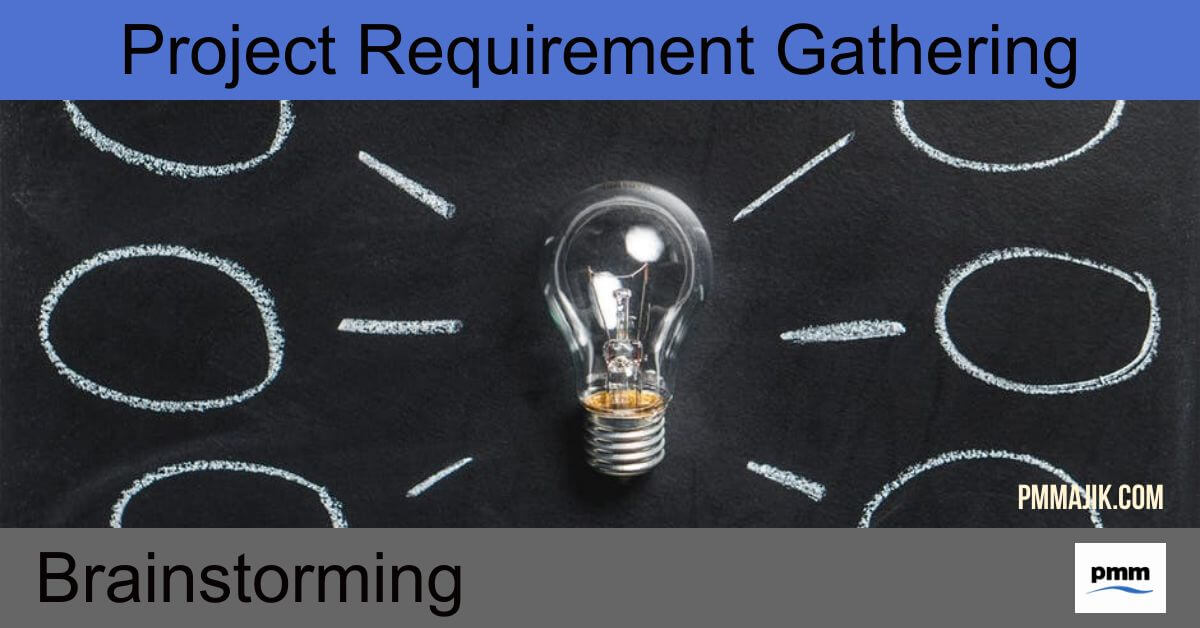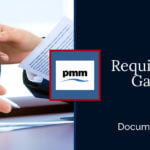In our last article we covered the different requirement gathering techniques that are available to project teams.
Following on from this, we will be discussing each technique in detail, starting with brainstorming.
What is brainstorming?
Developed by Advertising Executive, Alex Osborn in 1953, brainstorming is a creative technique, used by groups of individuals to generate ideas to solve a particular problem. The free-thinking environment fostered by brainstorming, allows individuals to put forward any ideas that they may have – even the off the wall ones – and, as a result, they can become quite fun sessions!
Why use brainstorming?
Conventional team meeting environments often feel formal and intimidating for individuals who have ideas that are a little left field. Following a rigid method of developing new ideas can lead to limited, unimaginative ideas.
Brainstorming on the other hand is informal, and actively encourages free-thinking without judgement. Any idea, providing it sticks to the original brief is welcomed, and, as it is likely that the participants will have wide and diverse backgrounds, it can create a real richness of ideas.
From a participant’s perspective, brainstorming can be fun, rewarding and a chance to bond with colleagues, particularly if they don’t work together on a regular basis. Ideas produced and taken forward are also likely to gain more support from employees as they were consulted in their development, and thus feel more involved.
Conducting a brainstorming session
Despite is informality, don’t be mistaken in thinking that brainstorming sessions completely lack constraints.
There are typically eight rules that should be followed, with a facilitator ensuring that they are observed.
Time-limit
If you’ve ever taken part in a brainstorming session, you’ll know that it’s very easy to get carried away once the ideas start flowing.
With this in mind, ensure that a time-limit is set prior to the session, up to one hour should be sufficient.
Stay on topic
Again, when ideas are being thrown into the mix, it is easy to stray away from the original topic.
At the beginning of the session a defined question, plan or goal should be proposed with the facilitator bringing the discussion back to this if the discussion starts to diverge.
No judgement
There should be no negativity or judgement involved in a brainstorming session. Everyone should feel free to submit their ideas.
Go wild
Remember, brainstorming is about creativity so encourage participants to share their weird and wacky ideas, no matter how unfeasible or expensive they may should.
Quantity over quality
This phrase is often the other way around, but in brainstorming sessions the aim is to gather as many ideas as possible and refine them at a later date.
Build and trigger
Brainstorming can have a snowball effect; one individual suggests an idea which is then built upon by another when their thoughts are triggered. This process can be facilitated by following ideas with “and” rather than the often used “but”.
Visualise
Brainstorming is commonly undertaken using whiteboards, sticky notes and flip charts which helps the team to see things in a different perspective.
No interruptions
Although ideas should be encouraged from all participants it is important that only one conversation at a time takes place. This not only keeps the discussion on track but shows respect for other people in the room.
Refining ideas
Once the brainstorming session is complete, there should be lots of ideas to consider, the analysis of which may seem quite daunting. Thankfully, there are tools which can help.
Affinity diagrams
Also known as the K-J method or affinity charts, ideas are grouped into themes by identifying ideas that are similar to one another and the connections between them. Using sticky notes with individual ideas at the brainstorming stage will help with this process.
Multi-voting
Traditional voting can lead to unhappiness amongst the team, particularly if the vote was close, so how does the team come to a decision on which idea(s) to progress.
Multi-voting, which is particularly effective when there are many ideas to choose from, works by reducing a large number of ideas down to a manageable amount via multiple rounds of voting. During each round the ideas with the least number of votes will be eliminated until the list of ideas becomes shorter.
In the final round of voting, each person is allowed more than one vote which indicates the strength of their support for each idea. As each participant votes in each of the rounds, the final outcome is more widely approved than if only one vote was held.
Modified Borda Count
Similar to multi-voting, the Modified Borda Count achieves a greater consensus by asking participants to rank a number of ideas from favourite to least favourite. Each option is assigned a number, for example if choosing from a list of five options each person assigns 5 to their favourite, down to 1 for their least favourite.
The totals from all of the votes are then tallied up and the option with the highest number overall wins.
Decision Matrix Analysis
A simple tool to use once the fundamentals have been understood, the decision matrix is a visual way to identify a clear winner.
Criteria essential to the decision-making process are assigned weights depending on their importance, which enables the prioritisation of the most important factors, resulting in the identification of the best option.
It is easy to see why brainstorming is one of the most popular information gathering tools. Everyone has involvement in an equal setting and it is simple and cost-effective to implement. The result? Ideas that have the consensus and buy in of all employees, increased team morale and some great ideas that may never have come to the surface in a traditional, formal meeting. Just make sure that the eight rules are followed to ensure that the brainstorming session doesn’t get out of hand.






